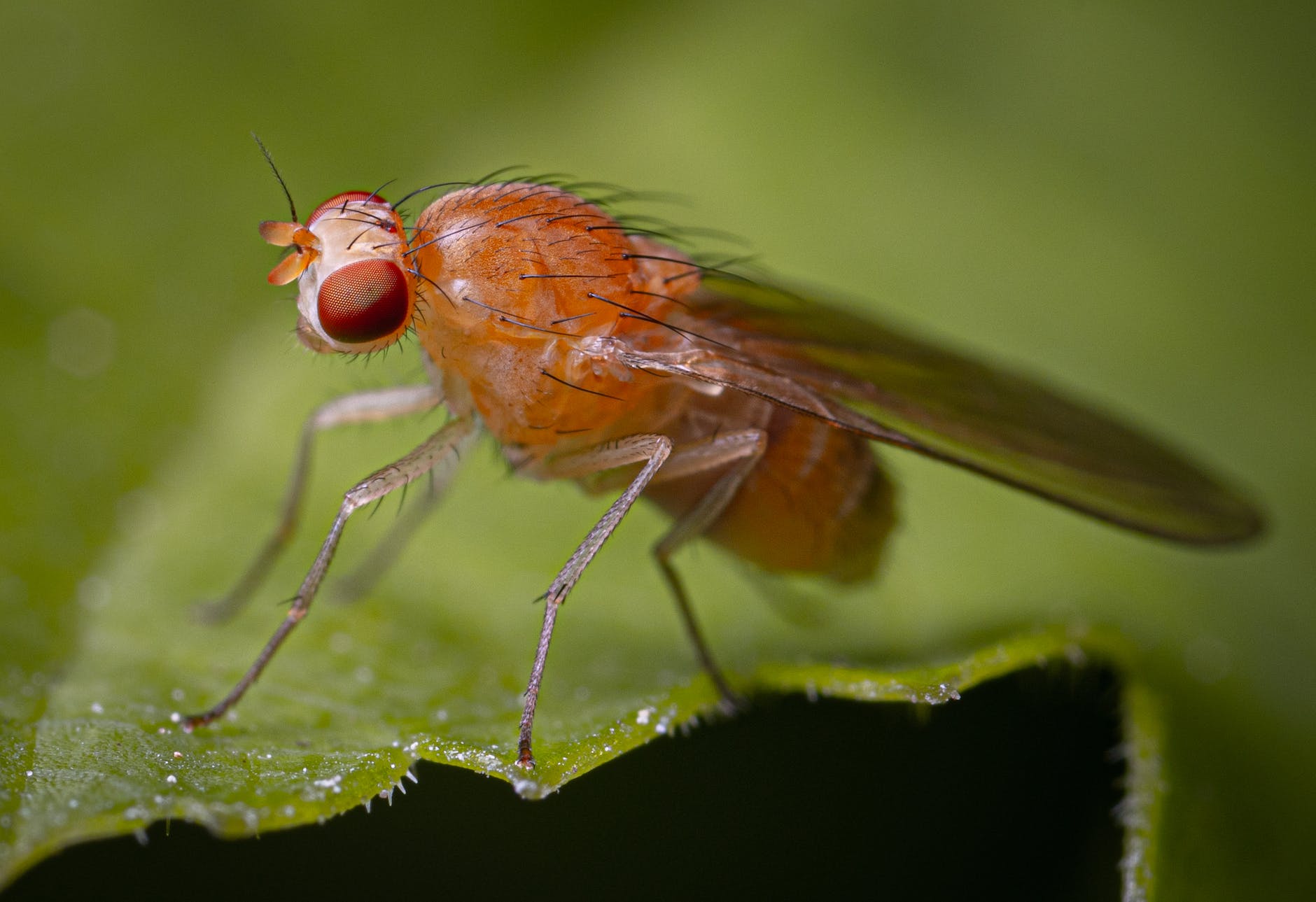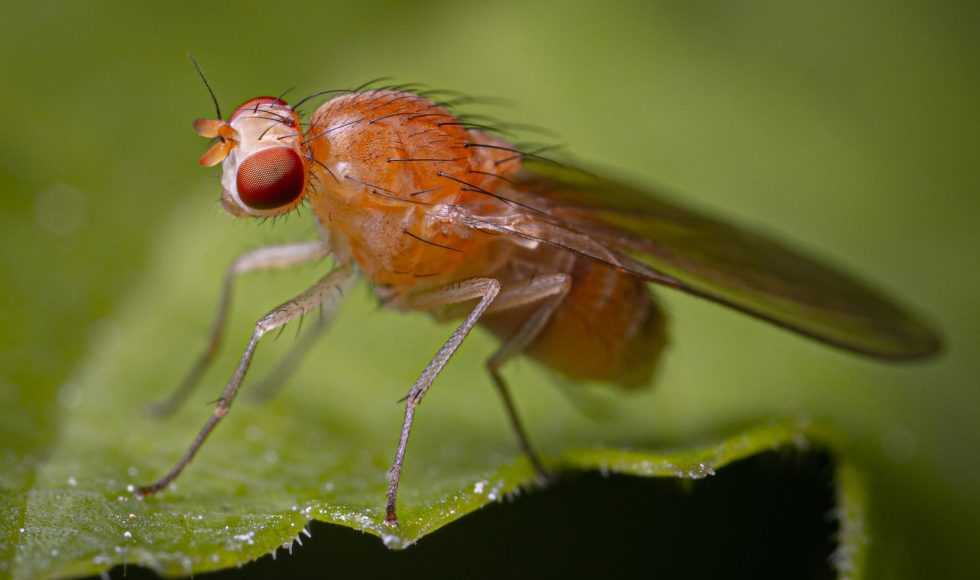Today I watched the Oxford Nanopore Technologies Knowledge Exchange session entitled “cDNA sequencing on the Oxford Nanopore platform.” Philip James and Botond Sipos were the presenters. While this session is a couple of years old, it will help me plan as we prepare for the spring course and undergraduate research. James spoke about how complementary DNA (cDNA) is a reverse transcribed DNA “copy” of the native mRNA. The average length of a mammalian mRNA molecule is 2.2 kb and 95% of multi-exonic human genes undergo alternative splicing, James said! James also described the advantages of long reads in transcriptomic studies. When reads cover the entire transcript, splice sites can be determined. There are PCR cDNA and direct cDNA Sequencing kits. The PCR kit uses 1 ng poly(A) or 50 ng total RNA and the direct cDNA sequencing kit requires 100 ng of polyA RNA. The PCR cDNA sequencing kit can produce between 7-12+ million reads while the direct cDNA sequencing kit produces 5-10 million. Both kids have a common starting point: polyadenylated mRNA molecule. The polyT-VN primer (VNP) is designed to hybridize to N (any base)/V (anybase but T) to reverse transcribe the mRNA and include non-templated CCCs. A second tailed oligonucleotide called the strand switching primer (SSP) can hybridize to the three CCCs. Rapid attachment primers are used to include the rapid adapters. For the direct cDNA adapters are ligated on. James spoke about the calculations needed to dilute the library based on concentration, average size of library, and desired fmol concentration. Single molecule sequencing will show RNA degradation effects. You may have pre-prepared cDNA that can be added to the direct cDNA sequencing kit to complete that protocol. You simply have to add the cDNA at the recommended molarity, complete the end-prep and adapter ligation step and proceed with wash and elution. James mentioned that targeted and semi specific cDNA sequencing can be achieved through tailed RT primer sequences, for example. ERCC datasets are known transcripts and can be used for testing. Sipos spoke about differential gene expression (DGE) experiments. Sipos explained that Scotty, a web tool, can be used for designing RNA-Seq experiments. Sipos shared a pipeline for detecting DGE and differential transcript usage (DTU) available on the ONT GitHub. Genomes can be annotated using cDNA data. PyChopper is a tool to identify and orient full length reads and aligns primers searching for the strand switching (SSP) and reverse transcription (VNP) primers. The Pinfish pipeline is used to annotate genomes using nanopore reads. Transcripts are clustered and collapsed. Sipos shared several tools including LoReAn that can be used for annotation with long reads. I will keep these in mind for wax worm genomes.



